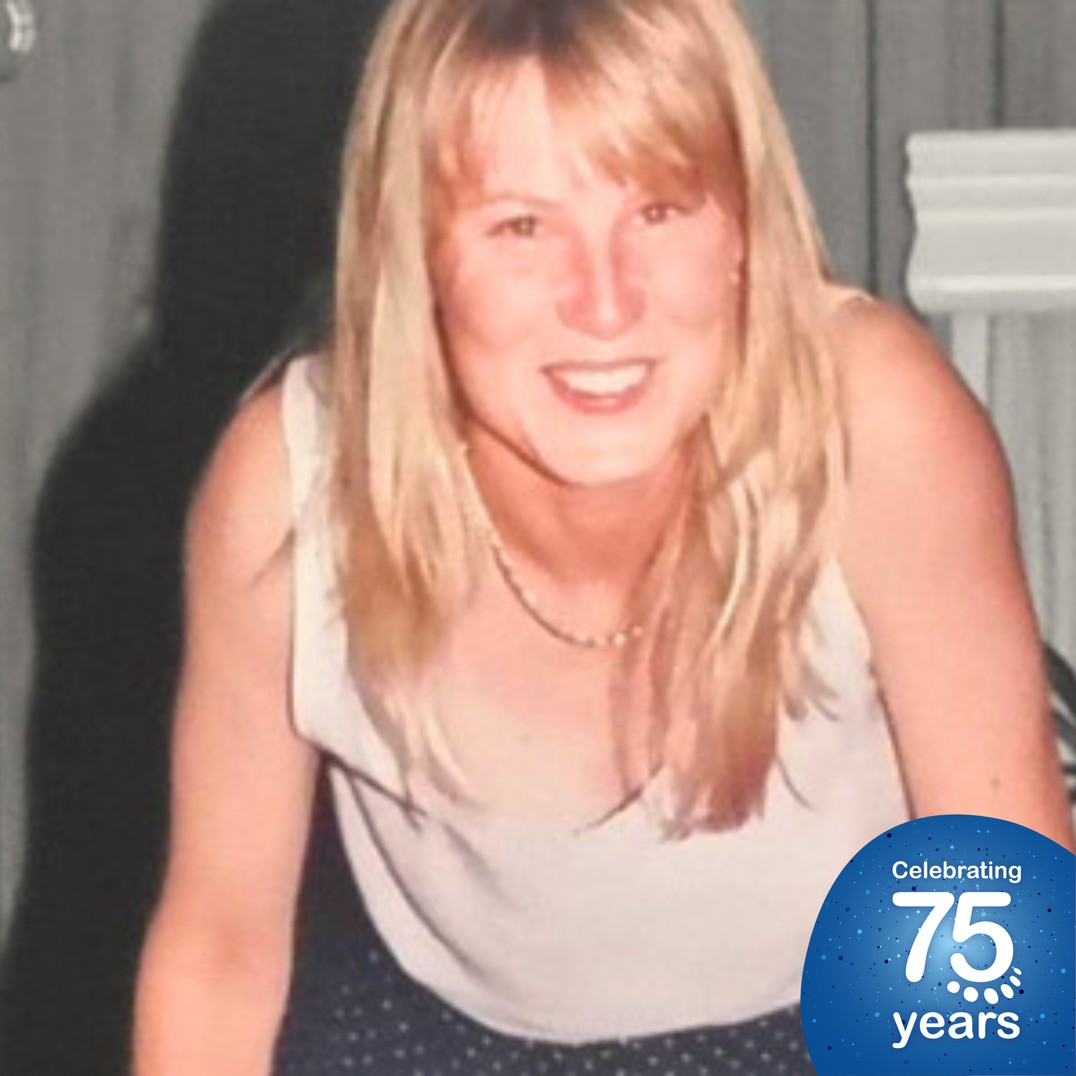We’ve made a real difference in building the capability of communities and mainstream services, and we have had so many achievements to be proud of over the years.
We have partnered with many large organisations (such as Yarra Trams, V/Line, Victoria Police, banks, the Victorian Electoral Commission, Ambulance Victoria, hospitals and sporting associations) to bring about significant change and improve their customer service for people with communication disabilities.
Something that stands out to me is with work we did with the Victorian Electoral Commission. They were one of our first Easy English customers, and they wanted us to produce a ‘How to Vote’ instruction guide for local government. They initially only wanted to print 5,000 brochures but ended up doing approximately 12 more print runs because the demand was so high. It showed the need for written information to be available in Easy English for people with low literacy to enable people to exercise their constitutional rights.
From then on, the Victorian Electoral Commission really started to understand that the Victorian community had varying degrees of literacy and needed to have information presented in accessible formats. They became the early adopters of accessible information.
CIRC has employed people with disabilities to lead and design our services and products. In our disability education service, we employ people with disabilities to provide training to high school students.
We have so many wonderful people on the team who have a disability. Annie Loughen, who started as a Disability Support Worker, is now one of our disability educators. We are fortunate to have Jake, a Paralympian, in our team. Jake has just come back from Korea with a bronze medal. There are so many people who have worked with us in the past 15 years who have truly made a difference.



